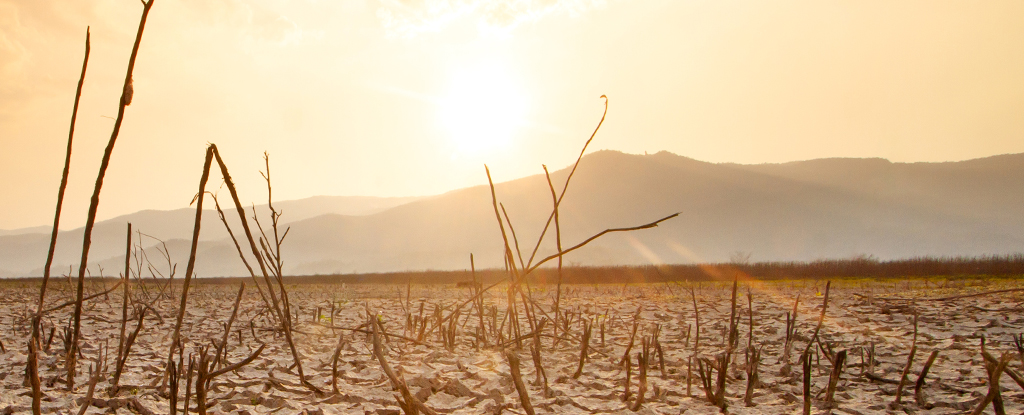Researchers have for the first time simulated all stages of a runaway greenhouse effect, finding that it could turn our green planet into uninhabitable “hell” in coming centuries, they said on Monday.
The Earth would only have to heat up by a few dozen degrees to spur runaway warming, making it as inhospitable as Venus, a planet whose average surface temperature is around 464 degrees Celsius (867 degrees Fahrenheit), according to NASA.
A team of astronomers from the University of Geneva (UNIGE), with support from France’s CNRS laboratories in Paris and Bordeaux, announced they were the first to simulate all stages of a runaway greenhouse effect.
The greenhouse effect is the process though which certain gases in Earth’s atmosphere trap the Sun’s heat.
Some greenhouse gases occur naturally, like water vapour. Others, such as carbon dioxide, can also be generated by humans burning pollutant fossil fuels such as coal, oil, and gas.
The runaway greenhouse effect examined in the UNIGE-CNRS study occurs when solar irradiation increases, setting off a dramatic, snowballing rise in a planet’s temperature.
“From initial stages of the process, the atmospheric structure and cloud coverage undergo significant changes, leading to an almost unstoppable and very complicated to reverse runaway greenhouse effect,” the astronomers said in a statement.
Irreversible
The research was designed in part to provide a tool for studying climate on other planets, in particular so-called exoplanets that orbit stars other than the Sun, and help determine their potential for hosting life.
But it also provides insight into risks to Earth’s climate in the centuries to come.
The researchers highlighted the difference between Earth, a wonderful blue and green dot covered with oceans and life, and Venus, a sterile sulphurous planet – the hottest in our Solar System.
But the study, published in the Astronomy and Astrophysics review, found that “a very small increase of the solar irradiation – leading to an increase of the global Earth temperature of only a few tens of degrees – would be enough to trigger this irreversible runaway process on Earth and make our planet as inhospitable as Venus”.
The idea of a runaway greenhouse effect is not new.
It envisions a planet evolving from a temperate state such as that found on Earth to one with surface temperatures of above 1,000 degrees Celsius (1,832 degrees Fahrenheit).
A small degree of greenhouse effect is useful, the researchers said, pointing out that without it, Earth’s average temperature would be below freezing, and it would be an ice-covered ball hostile to life.
But too much of this effect increases the evaporation of oceans and thus the amount of water vapour – a natural greenhouse gas – in the atmosphere, trapping in heat like a rescue blanket.
Critical threshold
“There is a critical threshold for this amount of water vapour, beyond which the planet cannot cool down any more,” said Guillaume Chaverot, a former UNIGE postdoctoral scholar and lead author of the study.
“From there, everything gets carried away until the oceans end up getting fully evaporated and the temperature reaches several hundred degrees.”
While previous simulations have focused solely on the temperate state before the runaway effect kicks in or on the uninhabitable state post-runaway, the researchers said they were the first to simulate the entire process.
Showing the whole process made it possible to illustrate how, right from the start, a very particular, dense cloud pattern appears in the high atmosphere that increases the runaway effect and makes the process irreversible.
“The structure of the atmosphere is deeply altered,” Chaverot said.
He is now investigating whether greenhouse gases emitted by humans can trigger the same runaway process as a slight increase of the Sun luminosity, the statement said.
Climate scientists have warned that if Earth’s average temperature rises by more than 1.5 °C above preindustrial levels, we risk triggering uncontrollable climate change.
While that is not the same as a runaway greenhouse process, the researchers warned that Earth was not far from the “apocalyptical scenario”.





